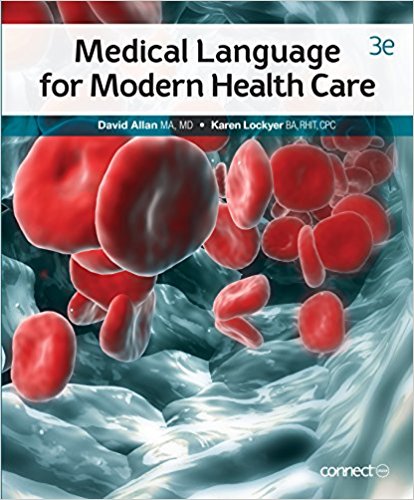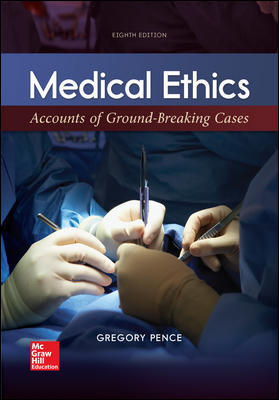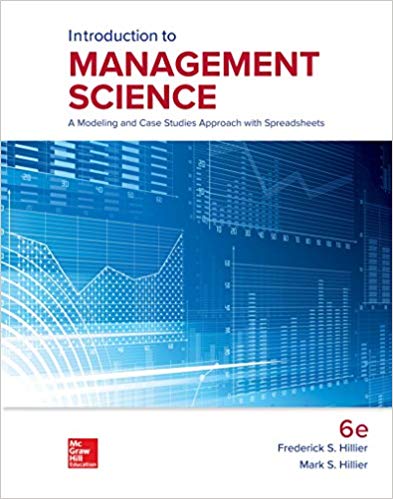Medical Genetics 4th Edition by Lynn B. Jorde -Test Bank
Jorde: Medical Genetics, 4th Edition
Chapter 3: Genetic Variation: Its Origin and Detection
Multiple Choice
1. Which of the following would not tend to raise mutation rates for single-gene disorders in humans?
a. CG dinucleotides within the gene
b. elevated paternal age
c. caffeine exposure
d. large genes
e. all of the above are known to raise mutation rates in humans
Answer: c
Correct Feedback: c. Caffeine exposure would not raise rates.
Incorrect Feedback: a. This would raise mutation rates.
b. This would raise mutation rates.
d. This would raise mutation rates.
e. One of the above does not raise mutation rates.
2. Which of the following diseases results from faulty DNA repair?
a. neurofibromatosis type 1
b. retinoblastoma
c. xeroderma pigmentosum
d. osteogenesis imperfecta
e. hemophilia A
Answer: c
Correct Feedback: c. This disease results from faulty DNA repair.
Incorrect Feedback: a. Neurofibromatosis type 1 is an inherited mutation.
b. Retinoblastoma is caused by mutations (two-hit model).
d. This disease does not result from faulty DNA repair.
e. This disease does not result from faulty DNA repair.
3. Which of the following does not pertain to cystic fibrosis (CF)?
a. consanguinity is commonly seen in parents with CF offspring
b. variable expression
c. c. more than one mutation at the CF locus can cause the diseased. potential candidate for gene therapy
e. pleiotropy
Answer: a
Correct Feedback: Consanguinity is not commonly seen in CF.
Incorrect Feedback: This is seen in CF.
4. Which of the following is not true of Huntington’s disease?
a. triplet repeat expansion is observed
b. age of onset is delayed
c. choreic movements are seen
d. recurrence risk for offspring of an affected parent is 50%
e. offspring of affected mothers have an earlier age of onset than those of affected fathers
Answer: e
Correct Feedback: The opposite is true. Offspring of affected fathers have an earlier age of onset than those of affected mothers.
Incorrect Feedback: This is true of Huntington’s disease.














Reviews
There are no reviews yet.